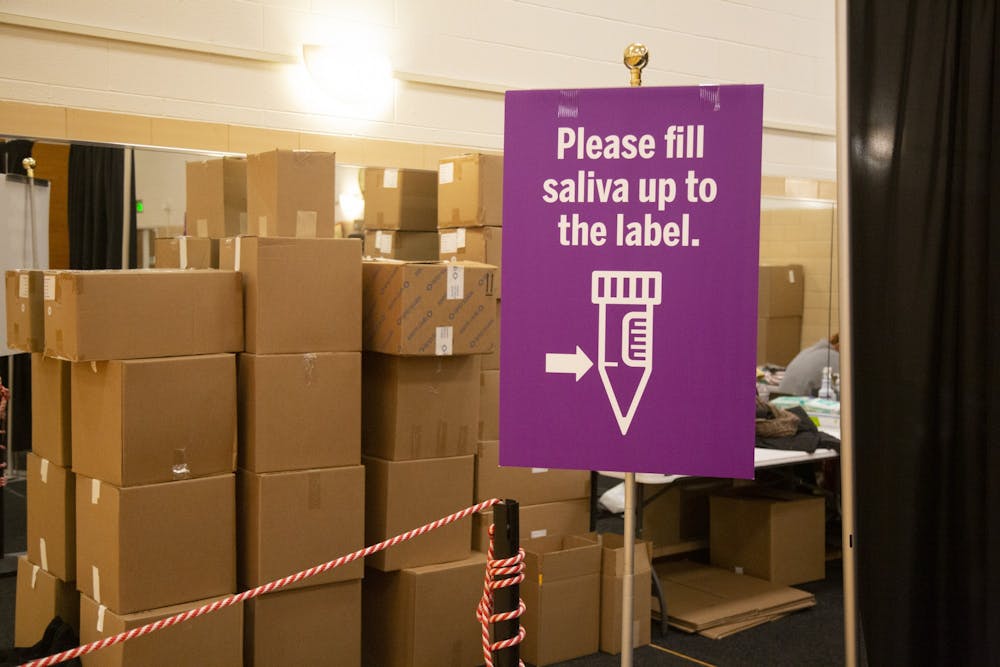As the beginning of the fall semester at IU quickly approaches, a more contagious version of the Omicron variant of COVID-19, the BA.5 lineage, has led to increasing cases worldwide for weeks.
In the United States, cases have been increasing slowly since March, but during the last several weeks, the number of positive cases has risen significantly. According to the Centers for Disease Control and Prevention, the U.S. reported a seven-day moving average of more than 100,000 cases throughout July. In mid-April, three months prior, the seven-day moving average ranged from about 20,000-50,000 cases.
The last major surge in coronavirus cases came in January 2022 after the Omicron variant first appeared in the U.S. in November 2021. Since then, multiple lineages of the Omicron variant have developed, including BA.1, BA.1.1, BA.3, and BA.4. The newest lineage, BA.5, is currently the predominant strain of the virus, making up approximately 80% of COVID-19 cases in the U.S., according to the CDC.
The low rate of hospitalizations and deaths continues to be an encouraging sign. After rising during the past couple of weeks, the current seven-day average number of hospitalizations sits at 6,181, a 2.7% decrease from the previous week and about a 70% decrease from the peak seven-day average of 21,526 hospitalizations during the January 2022 surge. U.S. deaths are relatively low compared to other points in the pandemic despite a tiny uptick in the past week.
As of August 1, the CDC’s COVID-19 Community Level identifies Monroe County as having a medium community transmission. Indiana cases are also rising in accordance with national trends.
Dr. Aaron Carroll, the chief health officer at IU and head of the university's COVID-19 policy, said that spike protein mutations are making BA.5 easier to get around antibodies compared to past Omicron lineages.
Dr. Carroll said he is “concerned, but not worried” about the BA.5 strain. He stressed the continued importance of vaccination, boosting and staying home when sick to protect the IU community during the busy fall semester.
“IU is where it needs to be with its COVID policy,” he said.






